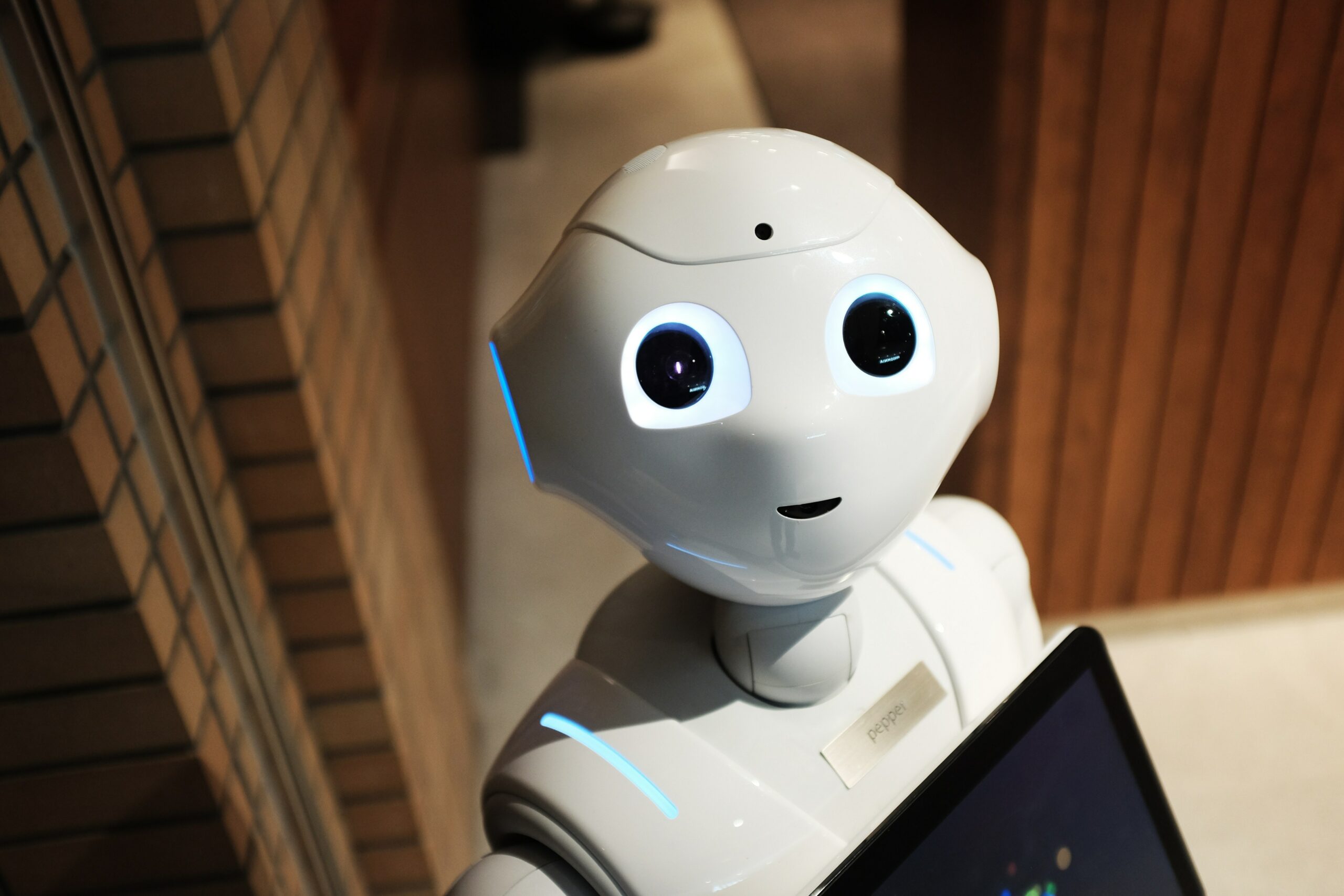HUMAN TOUCH IN WEB DESIGN: WHY HUMANS HAVE TRADITIONALLY OUTSHONE AI
In the ever-evolving landscape of the digital world, web design stands as an essential gateway that bridges users and technology. From the early days of the internet to the present, human designers have held the torch high, illuminating the virtual realm with creativity, intuition, and a deep understanding of human psychology. While artificial intelligence (AI) continues to make strides in various domains, it’s intriguing to explore why humans have traditionally excelled in the realm of web design.

1. Creativity and Emotion:
Web design is not solely about arranging elements on a screen; it’s an art form that blends functionality with aesthetics. Human designers possess an unparalleled ability to infuse websites with creativity, uniqueness, and emotion. They draw inspiration from various sources, cultures, and experiences, resulting in websites that are not just functional, but also emotionally resonant. The ability to grasp the subtle nuances of colour palettes, typography, and layout to create an immersive user experience is a realm where humans reign supreme.
2. Intuitive User Experience:
At the heart of successful web design lies the concept of user experience (UX). Human designers have an innate understanding of how users interact with websites. They tap into their own experiences as consumers, leveraging this insight to craft intuitive navigation, engaging interactions, and seamless flows. This understanding extends beyond aesthetics to encompass the psychology of user behaviour, enabling them to design interfaces that captivate and retain user attention.
3. Contextual Adaptation:
Every project has its unique context and target audience. Human designers are adept at understanding the specific needs, culture, and goals of a project, allowing them to tailor their designs accordingly. Whether it’s a corporate website, an e-commerce platform, or a personal blog, human designers have the ability to capture the essence of the subject matter and translate it into a compelling visual language that resonates with users.
4. Iterative Learning:
Web design is an iterative process. It involves continuous refinement based on user feedback and changing trends. Humans are naturally equipped for this dynamic process, as they can quickly adapt to evolving design standards and user preferences. They can sense when a design element is not working as intended and make swift adjustments to enhance the overall experience.
5. Emotional Intelligence:
Design is a holistic endeavour that involves understanding and communicating emotions. Humans have emotional intelligence, which allows them to create designs that evoke specific feelings and resonate with users on a deeper level. Whether it’s the warmth of a family-oriented website or the sleek professionalism of a corporate platform, human designers have an uncanny ability to tap into the emotional spectrum of design.
6. Cultural and Social Awareness:
The internet is a global phenomenon, and websites often cater to diverse audiences across different cultures. Human designers possess the capacity to consider cultural sensitivities and societal norms, ensuring that the design doesn’t inadvertently offend or exclude certain groups. This nuanced awareness is essential for crafting inclusive and globally accessible websites.
7. Design Ethics:
Ethical considerations play a significant role in web design. Design choices can influence user behaviour, shape perceptions, and impact society at large. Human designers are better equipped to navigate these ethical complexities, making conscious decisions that align with social values and respect user privacy.
While AI has shown remarkable progress in various fields, web design remains an arena where the human touch shines brightly. The blend of creativity, emotional intelligence, cultural awareness, and adaptability that human designers bring to the table results in websites that are not only visually appealing but also resonate with users on a profound level.
As we venture into the future, it’s likely that AI will continue to augment the design process, assisting designers with repetitive tasks and generating initial concepts. However, the essence of web design—a harmonious fusion of artistic expression, empathy, and user-centred thinking—will remain a domain where the human spirit prevails, ensuring that the digital landscape continues to be a vibrant and engaging realm for all.